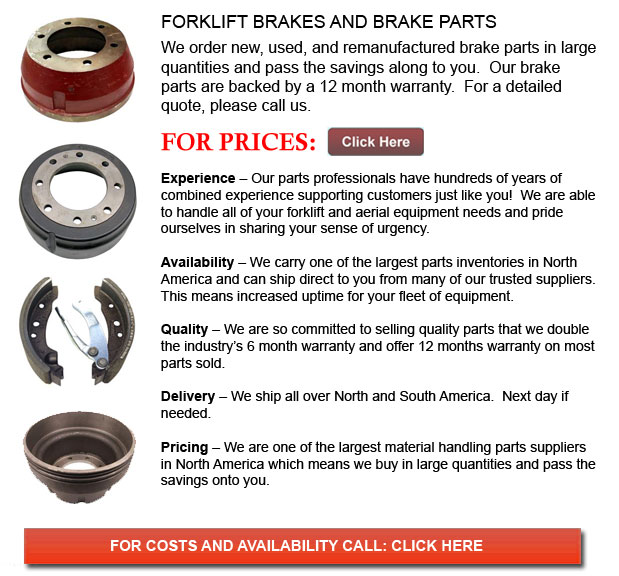
Forklift Brakes - A brake wherein the friction is provided by a set of brake pads or brake shoes which press against a rotating drum shaped unit known as a brake drum. There are some particular differences among brake drum types. A "brake drum" is commonly the definition provided whenever shoes press on the interior outside of the drum. A "clasp brake" is the term used in order to describe when shoes press next to the exterior of the drum. Another kind of brake, known as a "band brake" uses a flexible band or belt to wrap all-around the outside of the drum. Where the drum is pinched in between two shoes, it could be known as a "pinch brake drum." Similar to a conventional disc brake, these kinds of brakes are somewhat uncommon.
Previous to the year 1995, early brake drums needed constant adjustment regularly to be able to compensate for shoe and drum wear. Long brake pedal or "Low pedal" travel is the hazardous end result if adjustments are not done sufficiently. The vehicle could become hazardous and the brakes could become useless if low pedal is combined along with brake fade.
There are some different Self-Adjusting systems meant for braking accessible nowadays. They can be classed into two separate categories, the RAD and RAI. RAI systems are built in systems that help the device recover from overheating. The most popular RAI makers are Bosch, AP, Bendix and Lucas. The most well-known RAD systems consist of AP, Bendix, Ford recovery systems and Volkswagen, VAG.
The self adjusting brake would usually just engage whenever the lift truck is reversing into a stop. This method of stopping is suitable for use where all wheels utilize brake drums. Disc brakes are used on the front wheels of vehicles today. By functioning only in reverse it is less possible that the brakes will be applied while hot and the brake drums are expanded. If adjusted while hot, "dragging brakes" could happen, which raises fuel intake and accelerates wear. A ratchet mechanism that becomes engaged as the hand brake is set is another way the self adjusting brakes could function. This means is just appropriate in functions where rear brake drums are used. If the parking or emergency brake actuator lever goes beyond a specific amount of travel, the ratchet developments an adjuster screw and the brake shoes move in the direction of the drum.
Placed at the bottom of the drum sits the manual adjustment knob. It could be adjusted utilizing the hole on the opposite side of the wheel. You will have to go under the vehicle utilizing a flathead screwdriver. It is extremely significant to adjust each wheel equally and to move the click wheel properly since an unequal adjustment can pull the vehicle one side during heavy braking. The most efficient way to be able to ensure this tiresome task is completed carefully is to either raise each wheel off the ground and hand spin it while measuring how much force it takes and feeling if the shoes are dragging, or give every\each and every one the exact amount of manual clicks and then do a road test.
![]() Click to Download the pdf
Click to Download the pdf
Forklift Parts
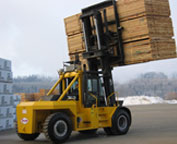
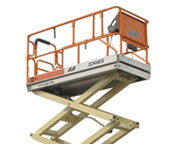
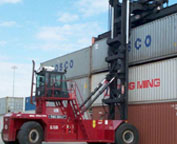
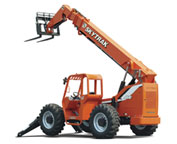
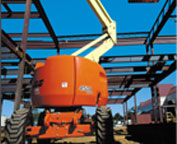
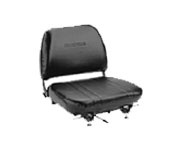
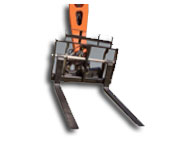
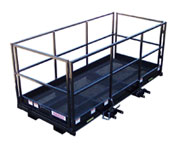
Lift Parts Express
TOLL FREE: 1-888-695-7994
Columbus, Ohio
forkliftpartscolumbus.com
Email Us
About Us


